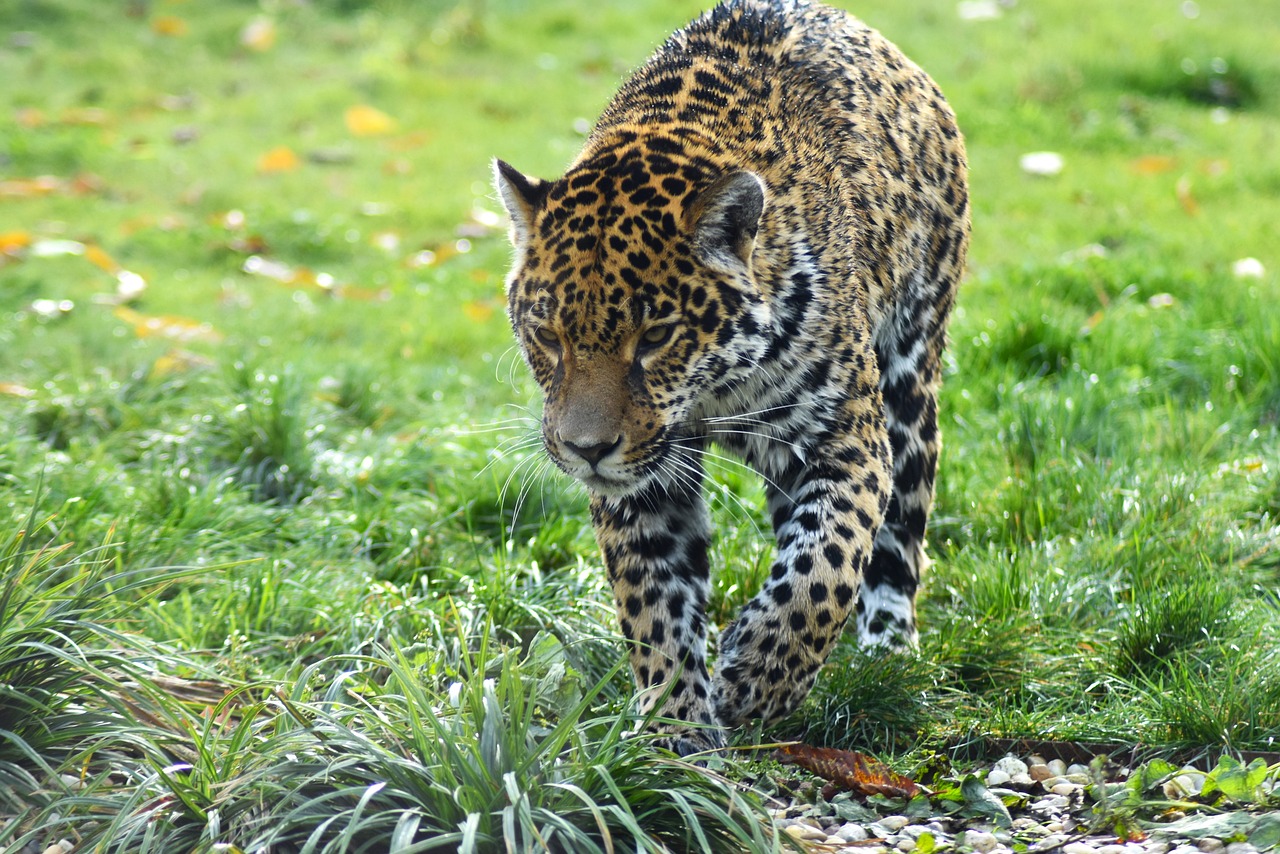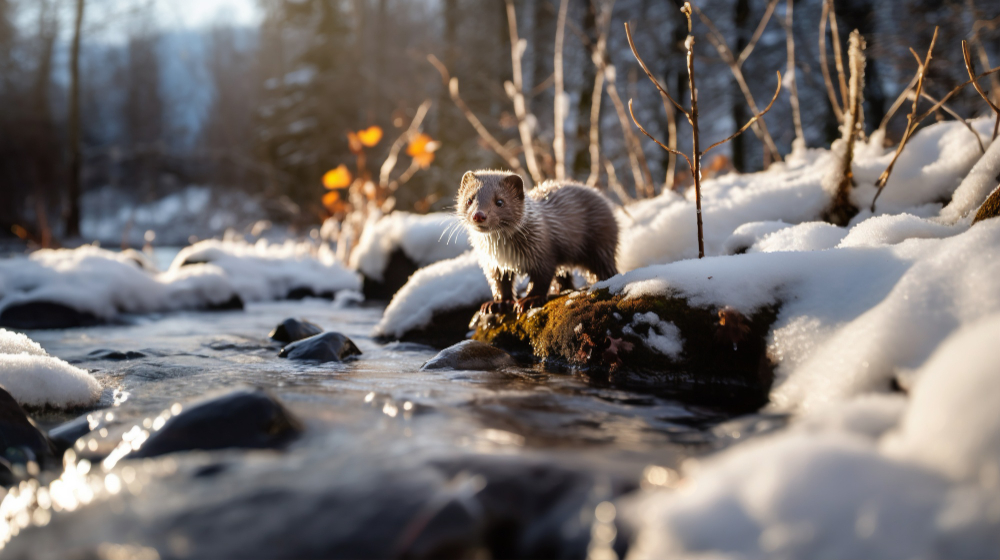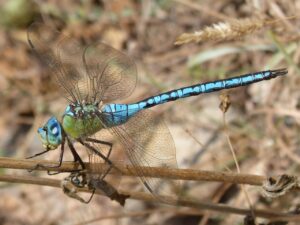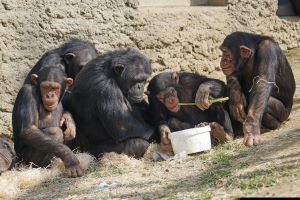The Cat family, scientifically known as Felidae, encompasses a diverse range of remarkable species that have evolved unique survival tactics to thrive in various environments worldwide. From the stealthy tiger to the agile cheetah, these majestic creatures have adapted to their surroundings in extraordinary ways. In this article, we’ll delve into the top 15 survival tactics of the Cat family animals that awe us with their prowess and resilience.
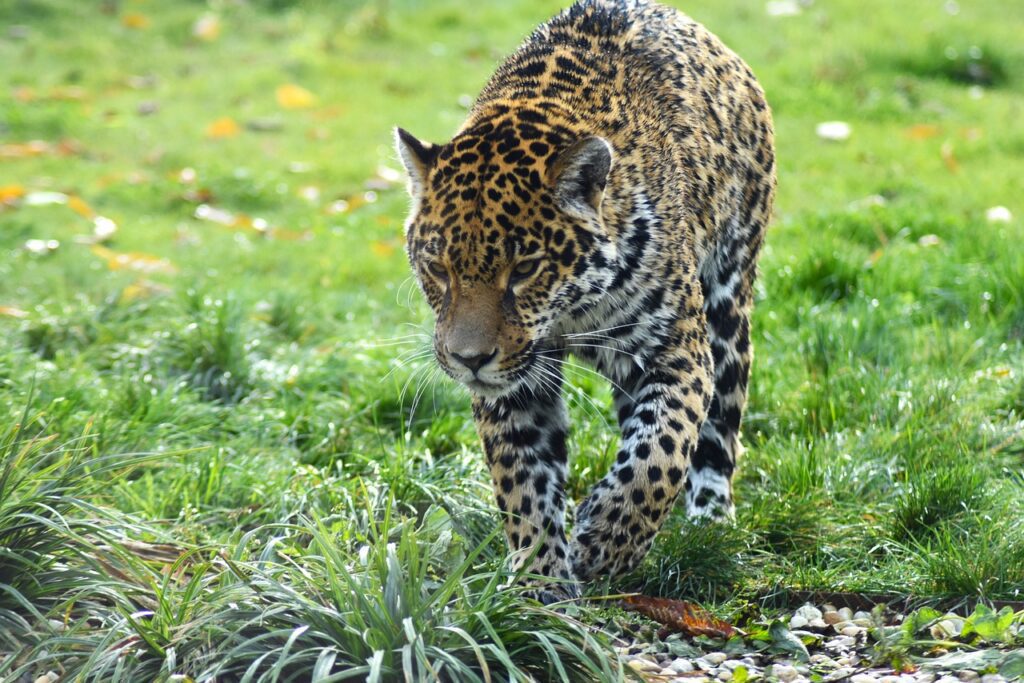 Pin
Pin Jaguar – Image by Michal Kvasnica from Pixabay
Table of Contents
1. Camouflage
Camouflage is a remarkable survival adaptation observed in various species, such as the snow leopard and ocelot. These animals rely on their natural camouflage abilities to seamlessly blend into their surroundings, allowing them to evade predators and hunt prey with stealth and precision.
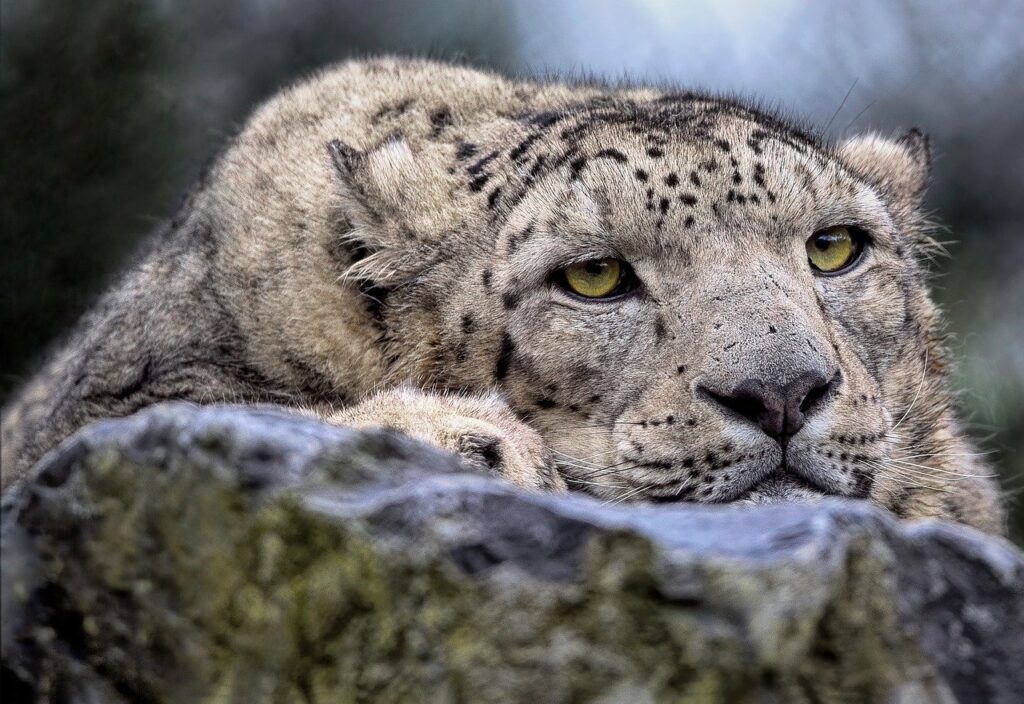 Pin
Pin Snow Leopard – Image by Angela from Pixabay
By blending in so effectively, they become elusive and nearly invisible in their habitats, giving them a strategic advantage in the wild. This unique adaptation not only helps them avoid danger but also aids in their hunting success, as they can approach their prey undetected and launch surprise attacks.
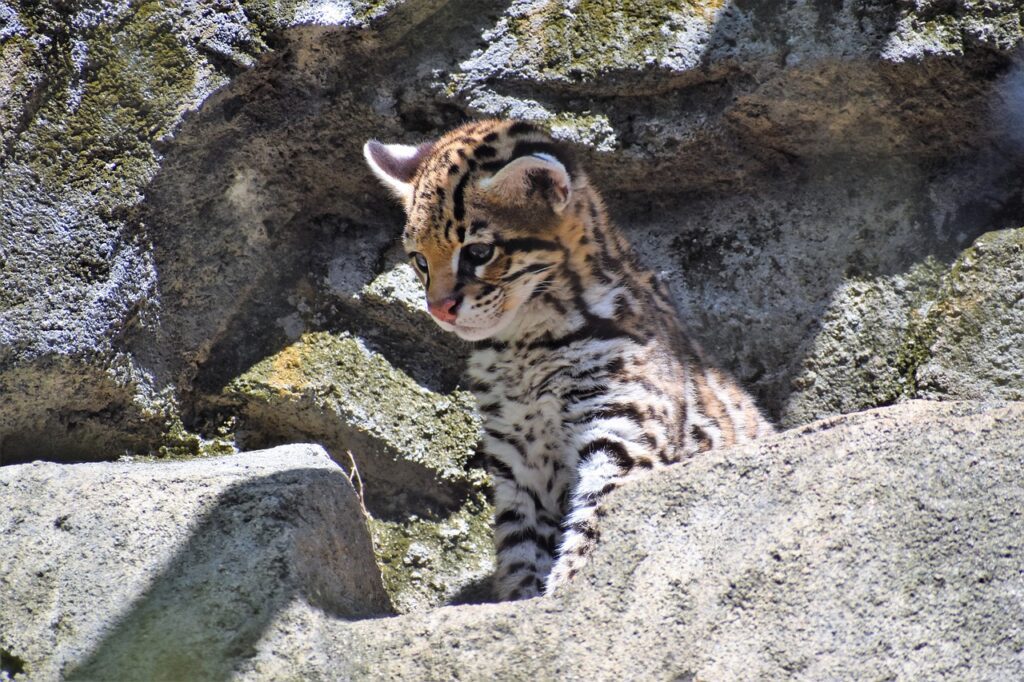 Pin
Pin Ocelot – Image by F. Muhammad from Pixabay
Camouflage plays a crucial role in the survival and hunting strategies of these magnificent animals, showcasing the intricacies of nature’s design for optimal adaptation and protection in the wild.
2. Ambush Predation
Ambush predation is a sophisticated hunting approach employed by the jaguar and lion, showcasing their strategic prowess in the wild. These iconic predators epitomize patience as they carefully position themselves, concealed from their prey, awaiting the perfect moment to strike.
 Pin
Pin Jaguar – Image by vladimircech on Freepik
With a blend of calculated patience and keen observation, they capitalize on their environment, utilizing their keen senses to detect the slightest movement before unleashing their lightning-fast attack. The precision and agility displayed by these apex predators during an ambush are nothing short of remarkable, enabling them to secure a successful hunt efficiently.
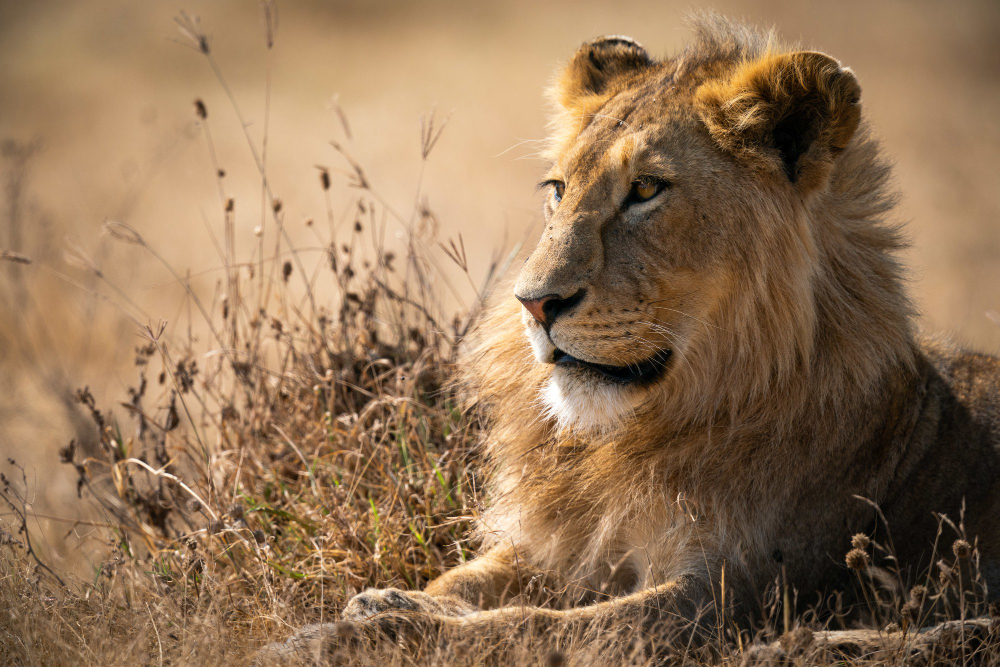 Pin
Pin Lion – Image by wirestock on Freepik
Their exceptional speed and stealth allow them to close the gap swiftly, ensuring minimal chances of escape for their unsuspecting prey. By executing their ambush tactics with finesse, the jaguar and lion demonstrate a harmonious blend of instinctual hunting skills and strategic planning, highlighting their status as apex predators in their respective habitats.
This method not only showcases their hunting efficiency but also underscores the intricate and dynamic relationship between predator and prey in the complex ecosystem of the natural world.
3. Social Structure
The social structure of African lions is a testament to their remarkable cooperative nature and strategic unity. Living in prides, these majestic creatures exhibit a sophisticated system of collaboration and mutual support that sets them apart as one of the most successful predators in the savannas.
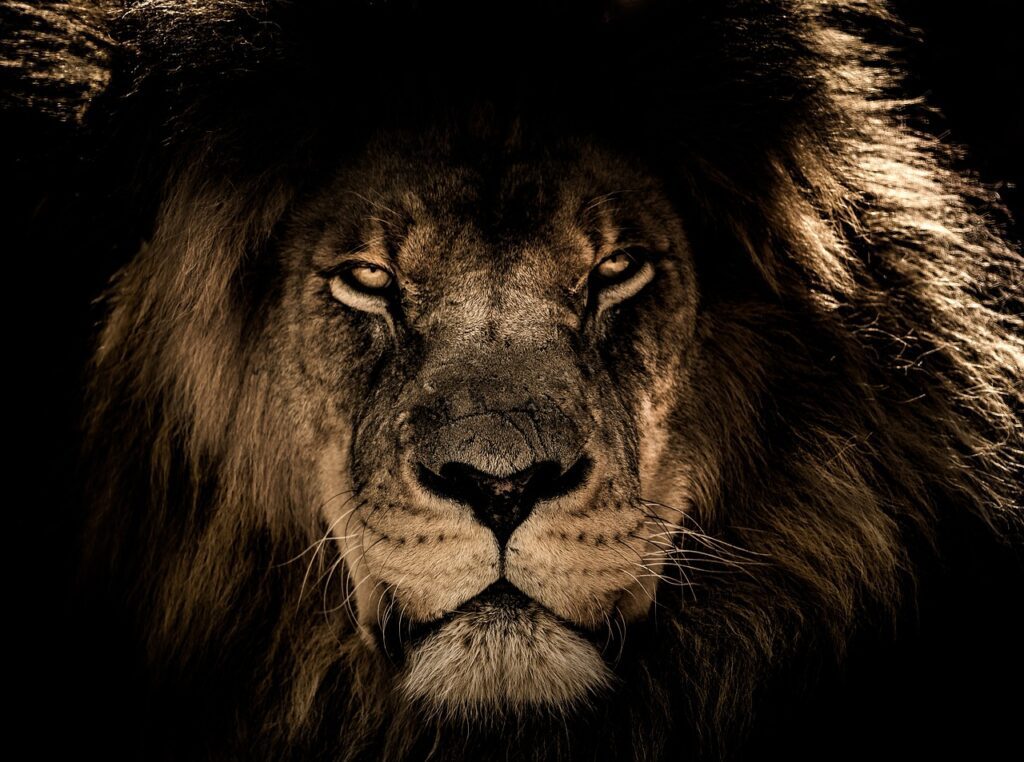 Pin
Pin African Lion – Image by Ian Lindsay from Pixabay
Within the pride, a complex hierarchy governs interactions, with each member playing a crucial role in the functioning of the group. This cooperative dynamic extends to their hunting strategies, where coordinated efforts enable them to take down formidable prey with efficiency and precision.
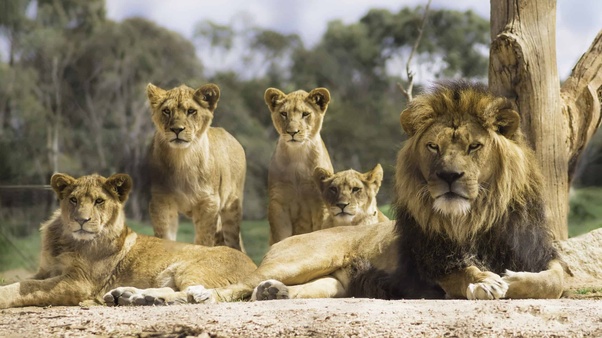 Pin
Pin African lion pride – Image from Quora
The communal care of their young within the pride is a striking feature of lion society. Adult lions share responsibilities in nurturing and protecting the cubs, creating a supportive environment that maximizes the chances of survival for the vulnerable offspring. This collective investment in the well-being of the young not only strengthens the social bonds within the pride but also ensures the continuity of the lion population in challenging environments.
In essence, the social structure of African lions reflects a harmonious blend of cooperation, mutual support, and adaptive strategies, allowing them to thrive as apex predators in the unforgiving landscapes they call home. Their interconnectedness and unity underscore the resilience and success of these magnificent creatures in the wild.
4. Speed
The cheetah, renowned as the fastest land animal, showcases extraordinary speed capabilities, clocking in at remarkable speeds of up to 70 mph. This lightning-fast agility equips the cheetah with the ability to pursue and catch prey swiftly, outmatching most creatures in a high-speed chase.
This incredible speed serves as a vital defense mechanism, allowing the cheetah to evade threats and potential danger efficiently. With its unparalleled swiftness, the cheetah embodies the epitome of speed in the animal kingdom, showcasing a remarkable adaptation that ensures its survival in the wild.
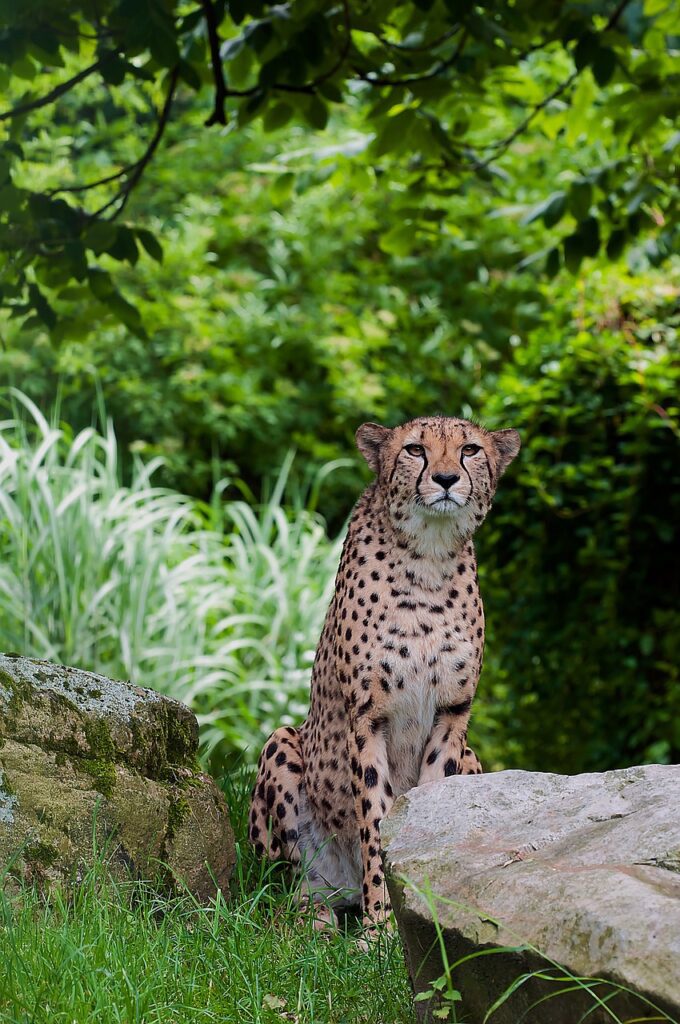 Pin
Pin Cheetah – Image by Monika from Pixabay
5. Acrobatics
The clouded leopard’s arboreal lifestyle showcases its remarkable acrobatic skills and adept climbing abilities. With exceptional agility and precision, this stunning feline effortlessly navigates treetops, displaying grace and finesse in its movements. By swiftly maneuvering through branches and leaping with precision, the clouded leopard can ambush prey from above, utilizing its elevated vantage point to secure a successful hunt.
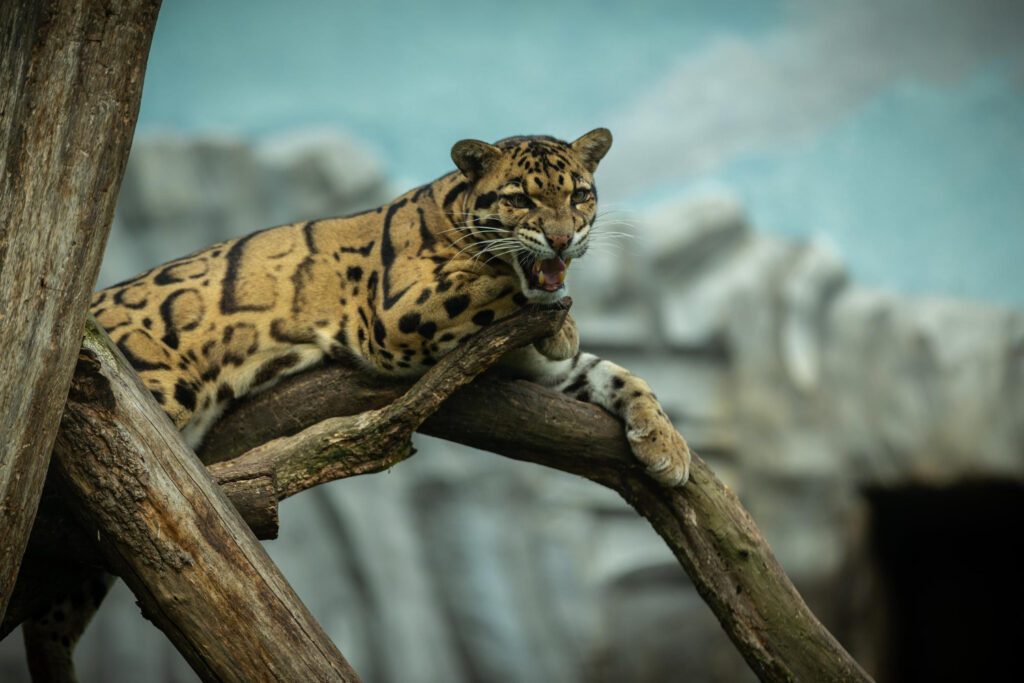 Pin
Pin Clouded Leopard – Image by vladimircech on Freepik
This unique combination of agility and climbing prowess not only defines the clouded leopard’s hunting strategies but also emphasizes its mastery in adapting to the challenges of its forested habitat with unparalleled acrobatic finesse.
6. Solitary Hunting
The elusive snow leopard excels in solitary hunting, demonstrating mastery in stalking prey within the challenging mountainous landscapes it calls home. With a solitary lifestyle, this majestic feline relies on patience and stealth as its primary tools for survival. By skillfully navigating the rugged terrain and blending seamlessly with its surroundings, the snow leopard exhibits impeccable stalking abilities, showcasing a deep understanding of its environment and prey.
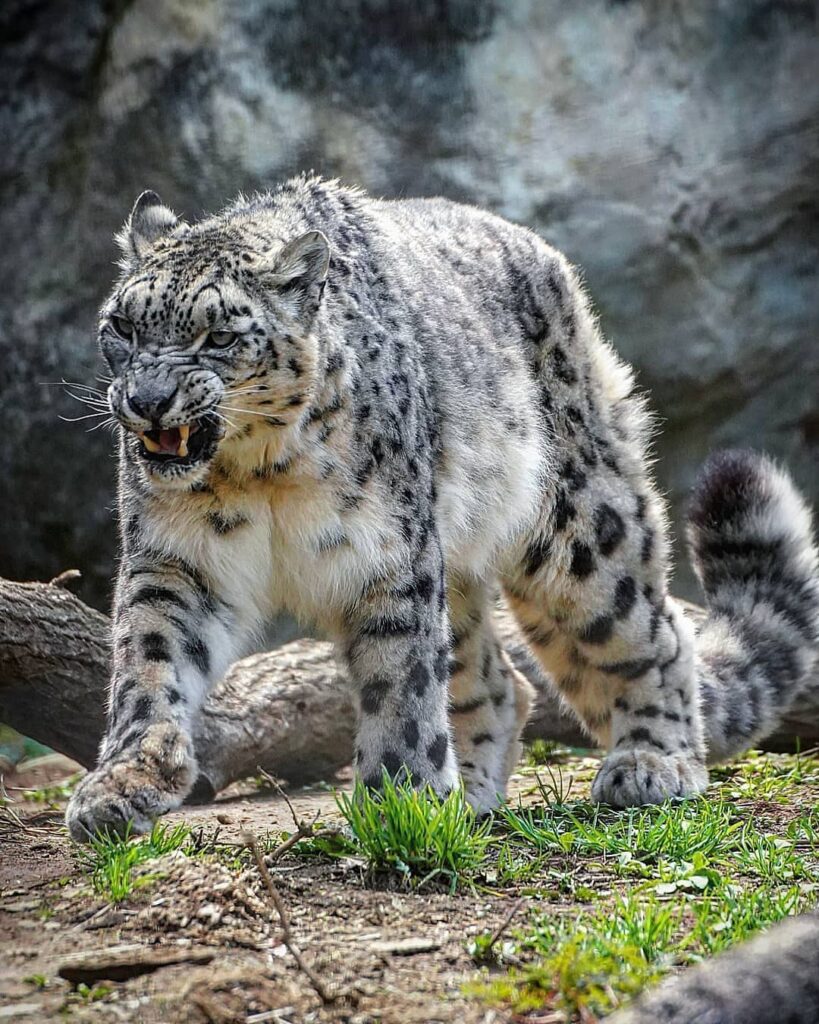 Pin
Pin Snow Leopard
Through strategic and calculated movements, this solitary hunter successfully secures its next meal, embodying a harmonious balance of grace and power as it navigates the harsh and unforgiving mountain territories with finesse.
7. Adaptability
The puma’s remarkable adaptability is highlighted by its ability to thrive in a wide range of habitats, from dense forests to arid deserts. This agile feline exemplifies versatility by effortlessly transitioning between varied ecosystems, showcasing a unique capacity to survive and thrive in different environmental conditions.
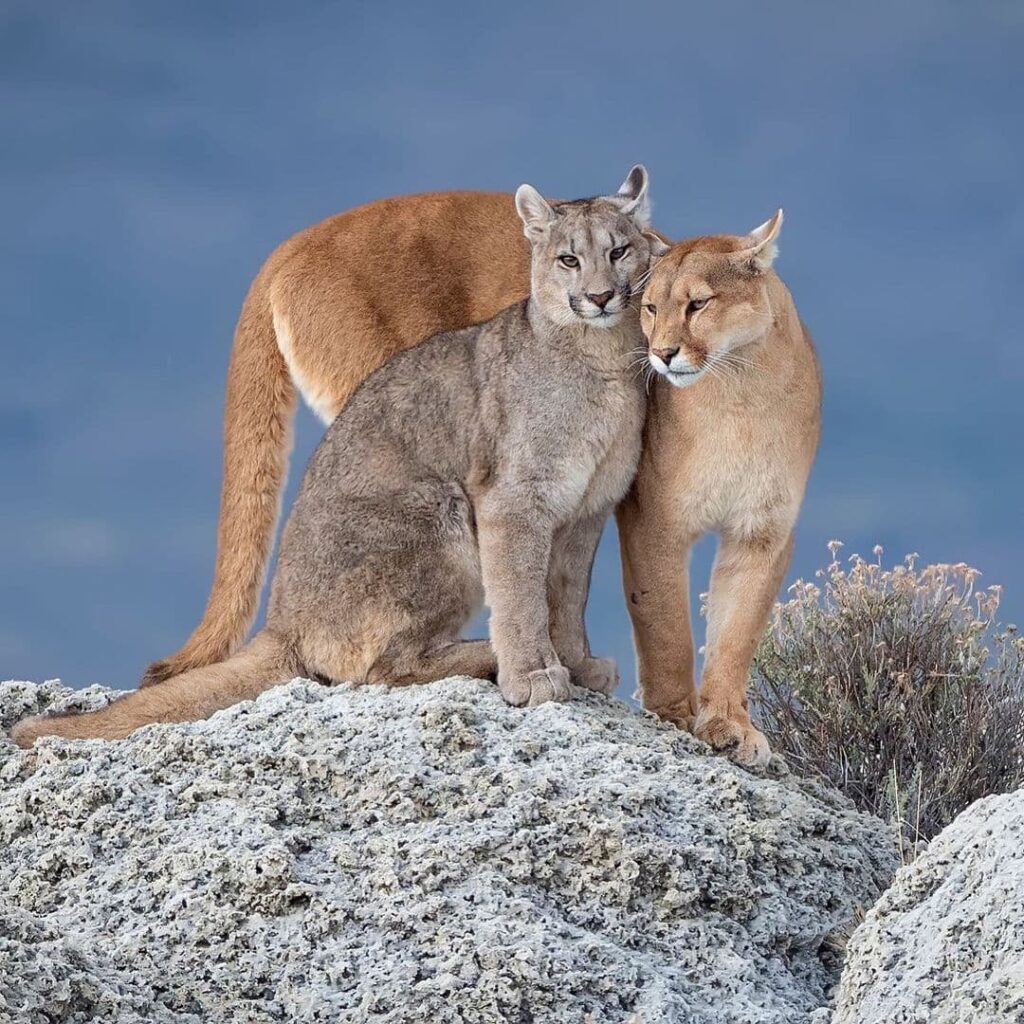 Pin
Pin Puma
With a seamless blend of strength and agility, the puma navigates diverse landscapes with ease, embodying a profound understanding of its surroundings. By demonstrating a keen ability to adjust its hunting techniques and lifestyle according to the habitat it inhabits, the puma stands as a testament to nature’s incredible adaptability and resilience.
8. Night Vision
Nocturnal hunters like the jaguarundi possess exceptional night vision, a trait that sets them apart in the realm of hunting. Their ability to see clearly in low-light conditions gives them a distinct advantage, enabling them to navigate darkness with ease and precision. With eyes adapted to capture even the faintest glimmers in the night, these elusive felines excel at hunting under the cover of darkness.
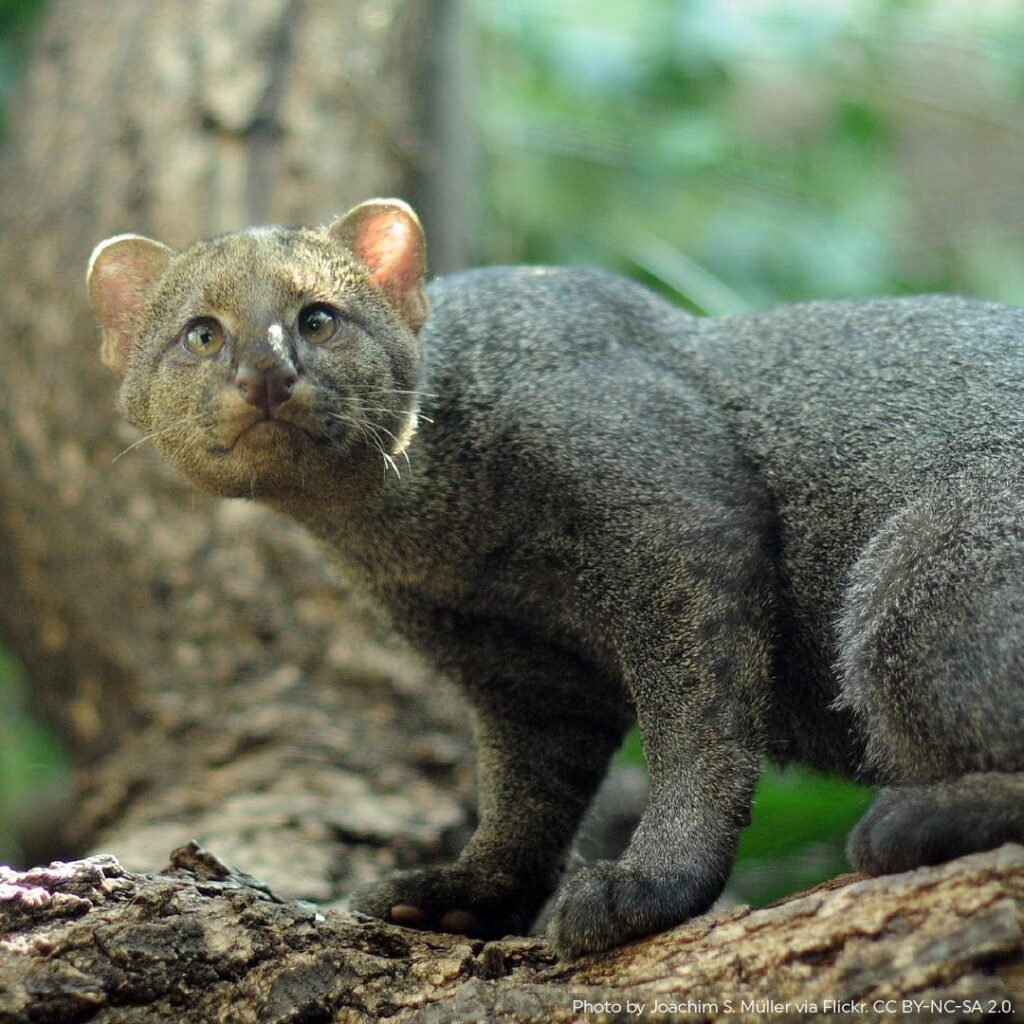 Pin
Pin Jaguarundi
This heightened sense of vision not only enhances their hunting efficiency but also underscores their remarkable adaptation to their nocturnal lifestyle, highlighting the jaguarundi’s mastery in thriving in the shadowy corners of the wilderness.
9. Territorial Behavior
The leopard’s territorial behavior is a crucial survival strategy that aids in defending its hunting grounds and preserving essential resources in the face of competition. By staking out and fiercely protecting its territory, the leopard establishes a secure domain where it can efficiently hunt and sustain itself.
 Pin
Pin Leopards
This territorial instinct serves as a means of safeguarding crucial food sources, mating opportunities, and shelter from intruders. Through strategic marking and assertive displays, leopards signal ownership and deter potential rivals, reinforcing their position in a competitive environment. Territorial behavior is a vital component of the leopard’s adaptive strategy for thriving in challenging and contested landscapes.
10. Scent Marking
Scent marking is a fundamental behavior among tigers, serving as a vital communication tool to establish territorial boundaries and prevent conflicts with neighboring individuals. By strategically marking their territories with scent, tigers effectively communicate ownership and warn off potential intruders.
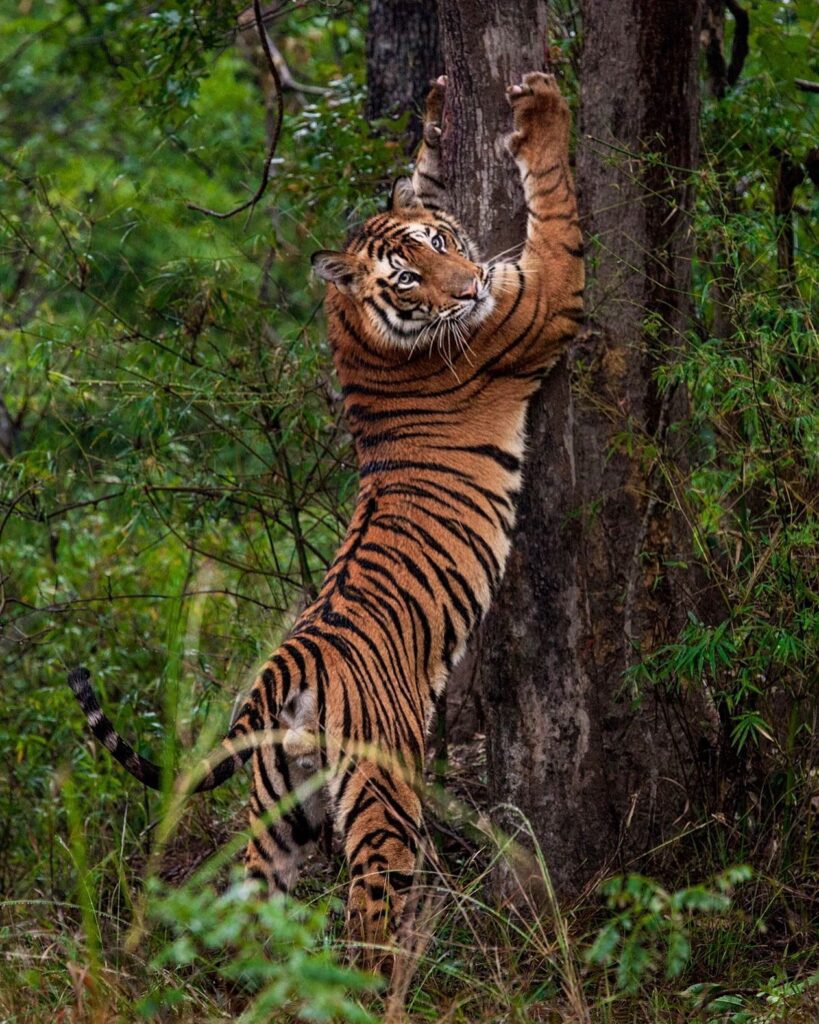 Pin
Pin Scent Making Tiger
This olfactory messaging system helps safeguard their hunting grounds and resources by delineating clear boundaries that reduce the likelihood of aggressive encounters with other tigers. Through scent marking, tigers can assert their presence, establish dominance, and maintain territorial integrity, ensuring optimal access to prey, mating opportunities, and shelter within their defined territories in a non-confrontational manner.
11. Stealth
The serval’s remarkable ability to move with silence and stealth enhances its prowess as a predator, enabling it to ambush prey swiftly and effectively. With a combination of agility and quiet movements, the serval can approach its target unnoticed, setting the stage for rapid and precise pounces that catch prey off guard.
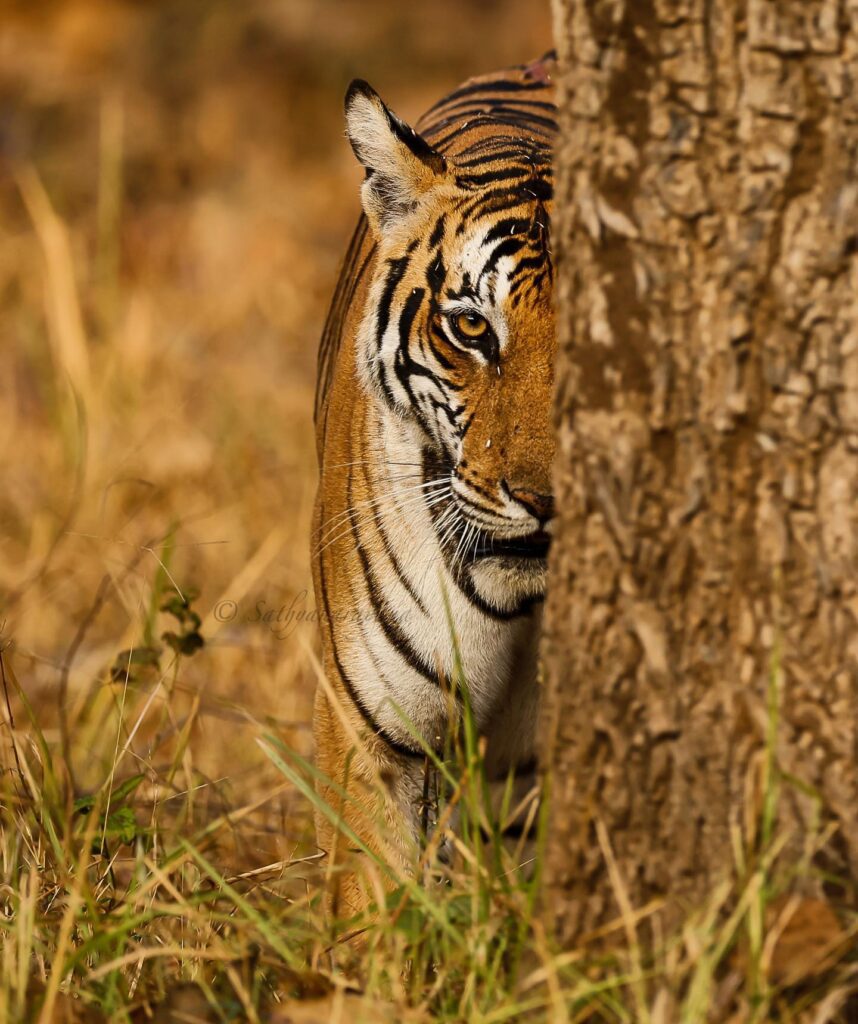 Pin
Pin Silence & Stealth of Tiger
This stealthy technique grants the serval a critical advantage in hunting, increasing its success rate by capitalizing on surprise attacks. By mastering the art of silence and stealth, the serval demonstrates exceptional predatory skills that underscore its adaptability and effectiveness as a formidable hunter in its natural habitat.
12. Swimming Ability
Tigers’ remarkable swimming skills serve as a testament to their adaptability and agility, allowing them to navigate rivers and lakes with ease while on the hunt for prey. Their innate ability to swim proficiently enables them to traverse water bodies effortlessly, giving them a strategic advantage in pursuing prey across diverse terrains.
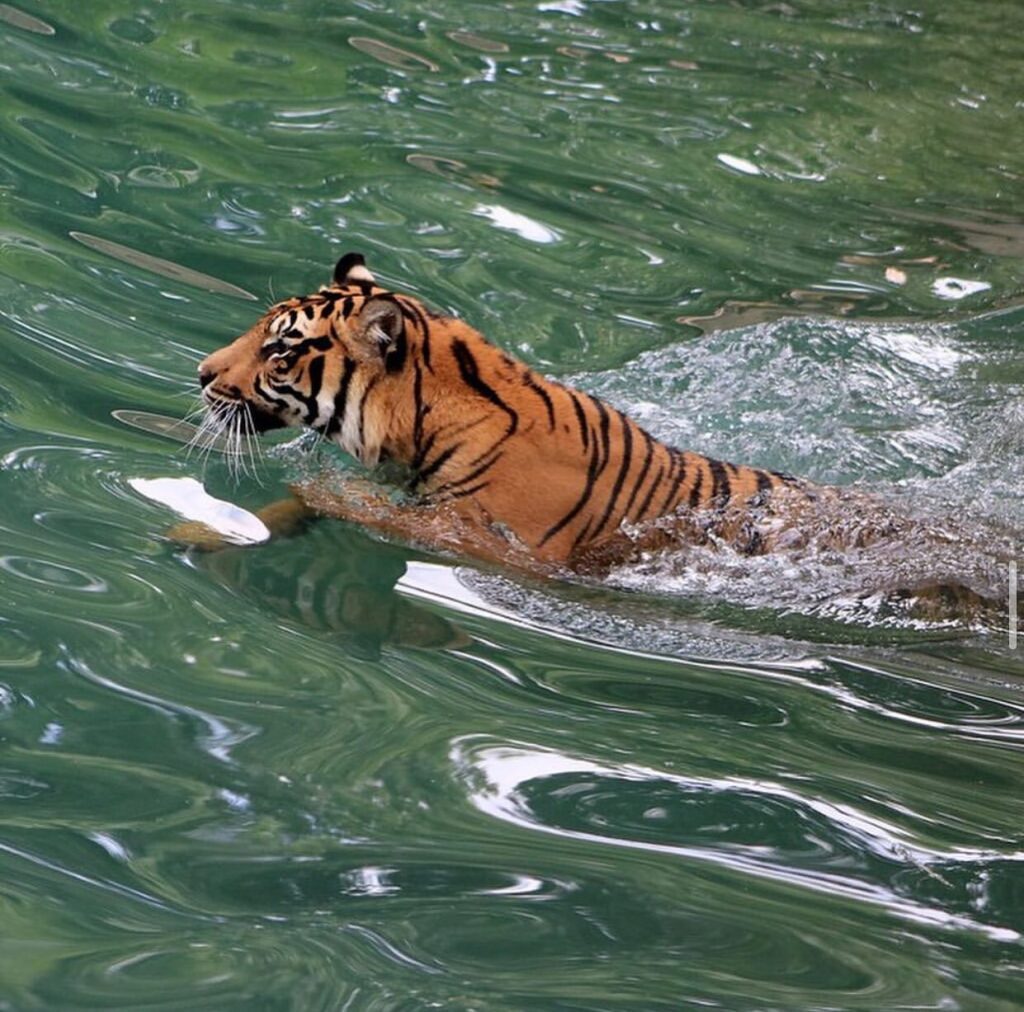 Pin
Pin Swimming Tiger
Tigers’ proficiency in swimming not only showcases their versatility in handling aquatic environments but also illustrates their resourcefulness in overcoming natural obstacles during hunting expeditions. This swimming prowess highlights the adaptability and resilience of tigers as apex predators, underscoring their ability to thrive in a variety of habitats.
13. Communication
Vocalizations serve as a vital form of communication among felines, from the powerful roars of lions to the comforting purrs of domestic cats. These sounds play a significant role in fostering social connections within their respective species, enabling individuals to convey emotions, establish hierarchies, and coordinate group activities effectively.
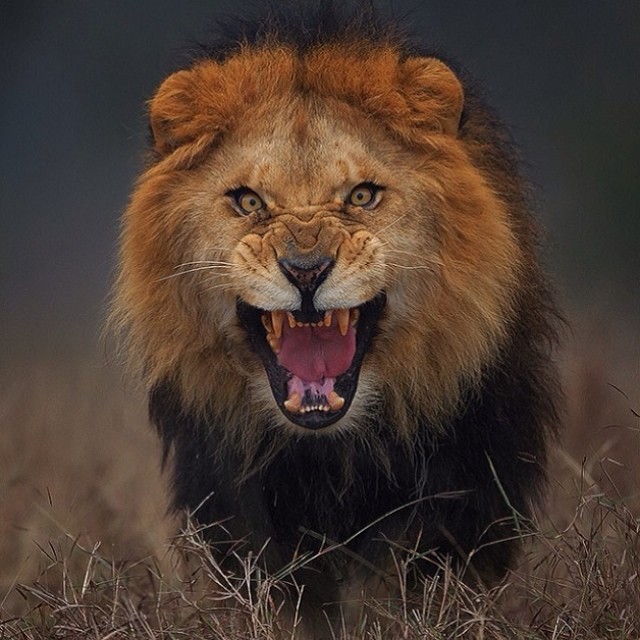 Pin
Pin Roaring Lion
Roars can signify dominance and territorial claims, while purring often indicates contentment and comfort. By using vocal signals, felines can express a wide range of intentions and emotions, strengthening social bonds and enhancing cooperation among group members. This form of communication is essential for maintaining cohesive social structures and ensuring effective interaction within feline populations.
14. Mimicry
The margay’s talent for mimicking the calls of its prey species demonstrates its intelligence and adaptability in hunting strategies. By imitating the sounds of potential prey, the margay can deceive and attract unsuspecting victims within striking distance.
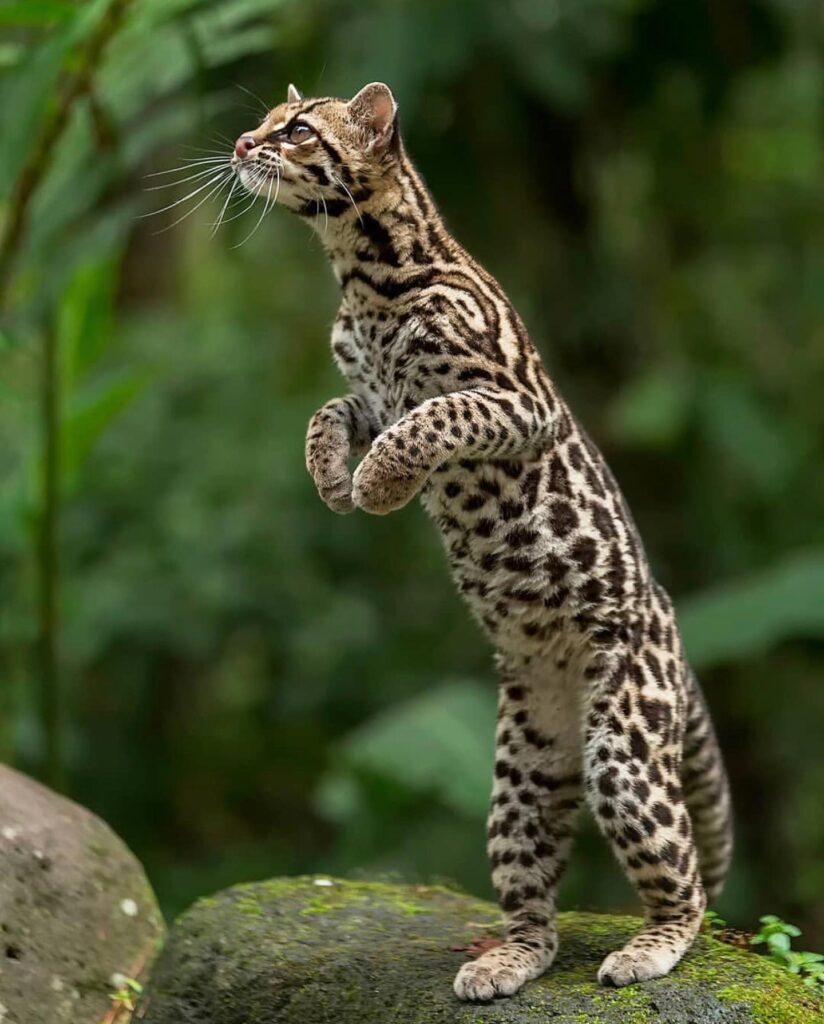 Pin
Pin Margay
This clever tactic showcases the margay’s cunning nature and its ability to outsmart its prey through deceptive behaviors. By utilizing mimicry as a hunting technique, the margay displays a sophisticated level of predatory skill, enabling it to capitalize on the element of surprise and increasing its chances of a successful hunt. This unique ability highlights the margay’s resourcefulness and ingenuity in capturing its food efficiently.
15. Parental Care
Parental care plays a crucial role in the survival of species like the cheetah, where parents invest significant time and energy in rearing their young. The cheetah’s dedication to nurturing its offspring reflects a profound commitment to ensuring the continuation of its kind.
 Pin
Pin Parental Care Cheetah
Through providing protection, guidance, and essential life skills, cheetah parents prepare their young for the challenges they will face in the wild. This investment in parental care not only fosters the survival of individual offspring but also contributes to the long-term sustainability of the cheetah population, emphasizing the importance of family bonds and the transmission of knowledge across generations.
As we wonder at the diverse array of survival tactics employed by the Cat family animals, we gain a deeper appreciation for their resilience and ingenuity in the face of environmental challenges. From camouflage to speed, adaptability to communication, these fascinating creatures continue to inspire awe and admiration for their remarkable ability to thrive in a dynamic and ever-changing world.












